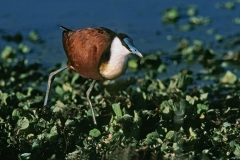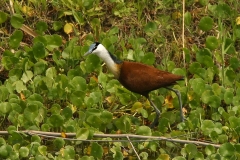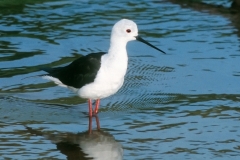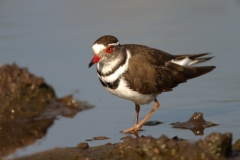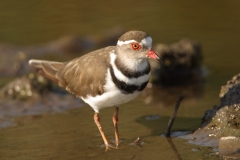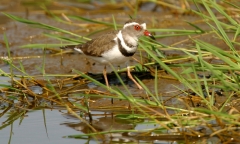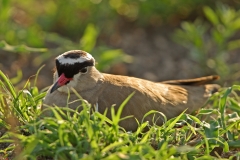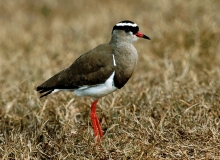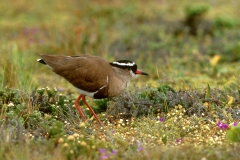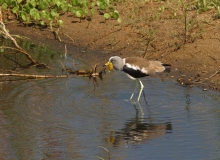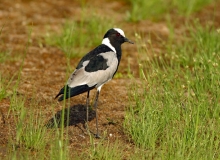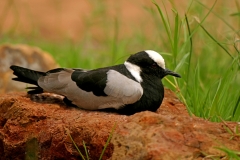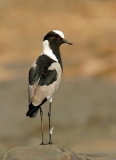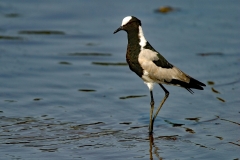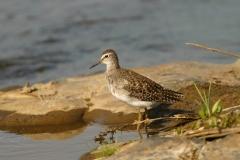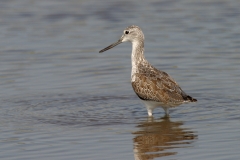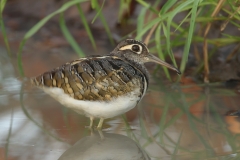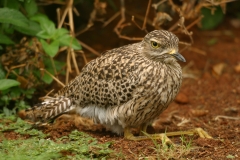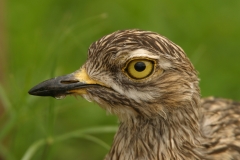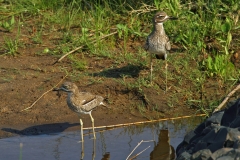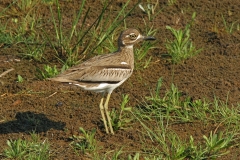African Waders
African waders were guaranteed to be seen wherever water was available in semi-arid regions. The group of birds represented in this gallery include the African jacana, stilts, plovers, lapwings, sandpipers, snipes and thick-knees.
The African jacana was usually conspicuous – walking along on top of floating vegetation. This bird, is one of those rare species where the female has a harem of males with whom she mates, and each male then incubates his nest of eggs and cares for the chicks. This is just the opposite of the lek where grouse compete to be the sole male with a harem of hens.
The black-winged stilt was typically seen along marshes and ponds, and like our North American stilt, it was in the company of avocets.
The blacksmith lapwing was another commonly seen bird. It is reported that they aggressively occupy moist wetland areas and drive African jacanas and other competitors away. We did not witness any of this behavior, but when we saw them (rather frequently) they were not in the company of other plovers or lapwings.
The most secretive of the wading birds we saw was the greater painted snipe. Our capture of this bird, a male, was photographically challenging. The bird skulks along grassy shorelines and bobs its body as it walks. Consequently the head is sharply focused while the back end is in motion. Later in the day, we shared the discovery of this bird with a team of power birders from Spain. They were extremely excited to learn about its presence in the area. The bird represented a tremendously desired species on their list.
We had several opportunities to photograph the spotted thick-knee. This was fortunate because it is a nocturnal bird that just honkers down in grasses during the daylight. The brilliant large yellow eye is conspicuous, however.
